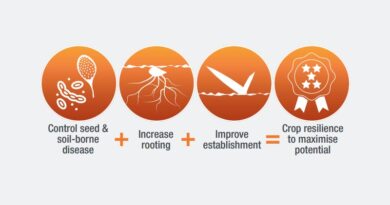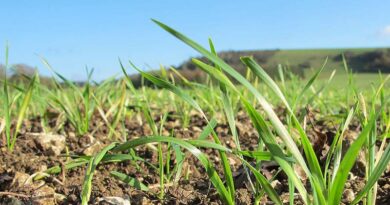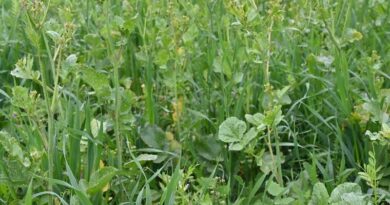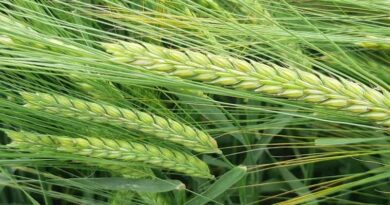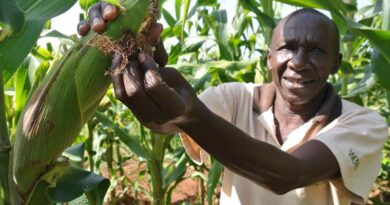Powering up spring barley crops to maximise yield potential
28 February 2024, UK: Minimising stress in spring barley crops will be more important than usual this season to maximise yield and quality potential. Cultivations are well behind schedule, which will delay drilling, and soil nutrient levels will generally be lower than normal, following the wet autumn and winter.
“It’s not going to be an early spring,” says Elgin-based Agrovista agronomist Tony Ralph. “Crops are going to spend less time in the ground and they will need every advantage they can get. “Spring barley has few enough opportunities to compensate for setbacks even in a normal season, so we need to keep it growing well, particularly during key stress periods. If you see spring barley suffering, that is already detrimental to yield.”
Healthy tillers
Tiller production and survival are the most important factors determining yield in spring barley. Avoiding nutrient deficiency, particularly nitrogen and phosphorus, is critical to maintain a healthy tiller population. Applying Calfite Extra and Luxor from the three-leaf stage to early tillering will help ensure both nutrients are readily available.
Calfite Extra contains calcium phosphite, which ‘tricks’ the plant into reacting as if it were deficient in phosphorus, stimulating root and shoot growth. It also contains L-PGA (pidolic acid) to improve nitrogen assimilation within the plant.
Luxor delivers readily available foliar phosphorus, as well as humic and fulvic acids that stimulate soil biology to maximise nutrient availability. It also contains L-PGA.
“Both of these products will help set up plants for what looks like a short season,” says Tony. “And, given all the wet weather we have had, we must be due a dry spell at some point, in which case good rooting will be critical.”
Maximising photosynthesis
Stem elongation is another stress point. “Given the late start, spring barley crops are likely to develop even more rapidly than usual, so chlorophyll levels could be suppressed,” says Tony. He will recommend Klorofill, a unique crop enhancer that contains pentanoate, a precursor to chlorophyll synthesis that maximises the efficiency of chlorophyll production during periods of rapid growth or stress.
“In four manufacturer trials in 2018-2019 on spring barley, Klorofill produced an average yield increase of 0.27t/ha, providing an excellent return on investment. There is even more justification for using Klorofill in a season like this, particularly when you consider the returns it provides,” says Tony.
“We really need to power up spring photosynthesis for yield. In spring barley the flag leaf is the main solar panel. I would advise applying Klorofill at T1, so that by T2 the crop will be able to capture as much sunlight as possible to drive grain production and fill.”
Also Read: Marut Drones and PJTSAU’s Direct Seeding Device Receives World’s First Utility Patent
(For Latest Agriculture News & Updates, follow Krishak Jagat on Google News)


